Aug 05, 2025
Author:Amanda Lyu
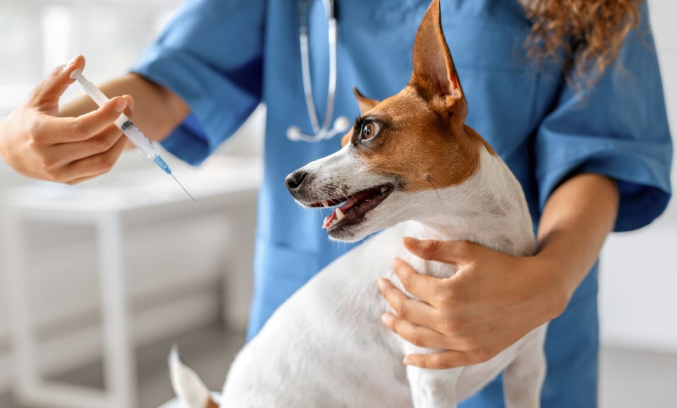
Some meds sound scarier than the problem they’re supposed to solve. Gabapentin’s one of those. It pops up in vet prescriptions for nerve pain, recovery, even fear—but the average pet owner? Usually left blinking. What is this? Why now? Is this safe? All fair questions.
This clears it up.
● What gabapentin does and how it affects dogs
● Getting the dose right and knowing when to change it
● Safety concerns, red flags, and smart precautions
Keep scrolling if you’re done second-guessing and want some real clarity.
What Gabapentin Treats and How It Works in Dogs
It doesn’t fix everything. Not even close. But in the right cases? Gabapentin can bring massive relief—especially when pain is wired into the nerves, not the joints. The difference is subtle. Dogs with post-op pain, nerve damage, spinal flare-ups, or freakouts during fireworks? That’s the territory it covers.
It works inside the nervous system. Gabapentin shuts off certain calcium channels in the brain and spine—the ones that shout pain! or panic! or seizure incoming! By quieting that circuit, it dials the volume down. Doesn’t sedate. Doesn’t numb. It calms.
You won’t see it handed out for every limp or sore muscle. Gabapentin gets used when things run deeper—literally.
● Neuropathic pain: For issues involving pinched nerves, back injuries, or weird pain with no swelling in sight.
● Seizure support: Often used along with other meds to reduce frequency or severity.
● Anxiety cases: Especially for dogs who melt down at the vet or freeze during thunderstorms.
Pain meds usually treat inflammation. Gabapentin doesn’t care about that. It steps in when nerves misfire. That’s why you’ll hear vets call it in when NSAIDs aren’t cutting it—or when behavior issues have a nervous system root.
Bonus: it may take the edge off overactive dogs, too. Not enough to knock them out—but enough to make training actually work.
It’s not magic. Misuse won’t help your dog—it’ll waste time.
● Won’t heal joints or cartilage
● Won’t treat infections or upset stomach
● Won’t fix behavior issues without real training
How Fast Does It Kick In? Some dogs perk up after the first dose. Most need a few days of regular use. The trick? Keep it steady. It works better when it is built into the body. Use it wisely, and it’s one of the most useful tools in the toolbox.
Getting the Dose Right Without Guesswork
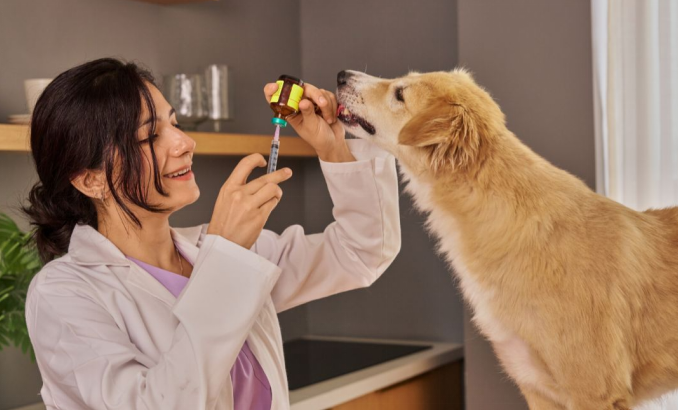
Here’s the truth: gabapentin dosing isn’t a formula you can Google and forget. You’ve got to work with the dog in front of you—their size, their condition, how they react. And then adjust if things shift.
Standard dosing runs from 5 to 30 mg per kilogram. That’s a wide range. And yep, it’s usually given up to three times a day.
There’s more going on than weight alone. Some dogs burn through meds faster. Some can’t tolerate as much. Here’s what plays into it:
● Weight (in kilos): Math matters. Don’t guess based on pounds. Convert first.
● What’s being treated: Nerve pain? Lower dose. Seizures? Often higher. Anxiety? Somewhere in the middle.
● Organ function: If liver or kidney function is off, doses might need to come down.
● Other meds: Some pair well. Others fight each other. Dosing depends on the full picture.
|
Dog Weight |
Low Dose (5 mg/kg) |
Moderate Dose (15 mg/kg) |
High Dose (30 mg/kg) |
|
10 lbs |
~23 mg |
~68 mg |
~136 mg |
|
25 lbs |
~57 mg |
~170 mg |
~340 mg |
|
50 lbs |
~114 mg |
~341 mg |
~682 mg |
|
75 lbs |
~170 mg |
~511 mg |
~1023 mg |
Doses shown are per dose, and can be repeated up to 3x per day. Use this as a range reference—not a green light to dose without input.
Gabapentin isn’t static. Dogs change. So does the way their body handles the drug. Watch for:
● Sleepiness, stumbling
● Zero change after several days
● New meds added to the mix
Don’t quit all at once. That kind of sharp cutoff—especially after your dog’s been on it a while—can mess things up fast. Rebound stuff creeps in. You’ll want to ease out, not bail. Skipped a dose? It happens. No need to freak. Don’t stack it. Just stick to the next one like normal. Gabapentin isn’t plug-and-play—it’s a mix of feel, timing, and paying attention. Getting it right takes some rhythm.
Spotting Side Effects and Keeping Your Dog Safe
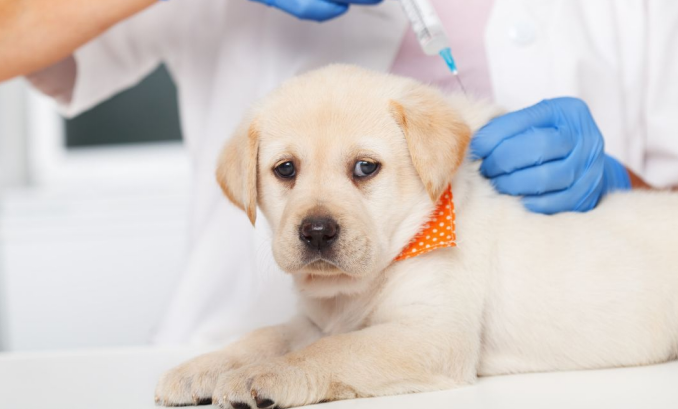
Most dogs do well on gabapentin. But most doesn’t mean all. Reactions happen—especially when the dose climbs fast or mixes with other meds. The first few days are key.
Side effects vary. Here’s what tends to pop up first:
● Wobbling, uncoordinated steps
● Tummy trouble (throwing up, soft stools)
● Wide eyes or spaced-out look
● Slight drooling or foggy focus
Usually, these ease up. Keep track—when it started, how long it lasted. That gives your vet something to go on if adjustments are needed.
Don’t wait around if things feel off. Vets would rather get a heads-up early. Pick up the phone if you notice:
● Collapsing or loss of balance
● Trouble breathing
● Skipped meals for more than a day
● Severe GI issues
● No signs of improvement after several days on the med
If there’s a mix of medications involved, don’t downplay anything new. It all matters.
Gabapentin’s not hard to give. But getting into the right rhythm makes a difference. A few smart steps:
● Stick with scheduled times. No skipping.
● Store it safely. High shelves. Dry spots. No paws allowed.
● Don’t use flavored human versions (some contain xylitol).
● Pair doses with meals to ease digestion and help absorption.
Got a picky eater or complex routine? Using something like the WOpet Heritage View Automatic Pet Feeder with Camera & Dual Bowls can take the guesswork out. It’s helpful when meds are tied to meals—especially if someone else is feeding or you’re not home every time.
Safety isn’t about being perfect—it’s about being consistent. That’s where peace of mind starts.
Gabapentin's great—when used right. But figuring out dosage, timing, and all the little details (body weight, symptoms, weird reactions that pop up overnight...) can feel messy. Real life, right?
● Eases pain, seizures, anxiety—stuff caused by jumpy nerves
● Dosages shift based on weight, condition...it’s never static
● Side effects? Yeah, they happen, but early awareness helps
● Regular feeding times, steady med schedules—these matter
● Symptoms change? Don't wait around—talk to your vet ASAP
If gabapentin's part of your dog's everyday shuffle, routine matters. Something like the WOpet Heritage View Automatic Pet Feeder with Camera & Dual Bowls makes those med-linked meals smoother. Timed feeding, camera checks, and dual bowls if things get tricky. One less worry on your mind, one more step toward sanity.
Label:
Popular Post

What to Feed a Sick Dog With No Appetite? [2025 Guide]
May 16, 2023
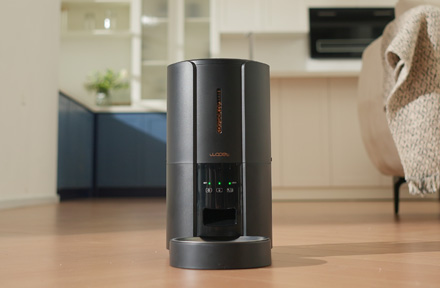
Troubleshooting Common Issues with Automatic Pet Feeders: Tips & Tricks for Pet Owners
Oct 26, 2023
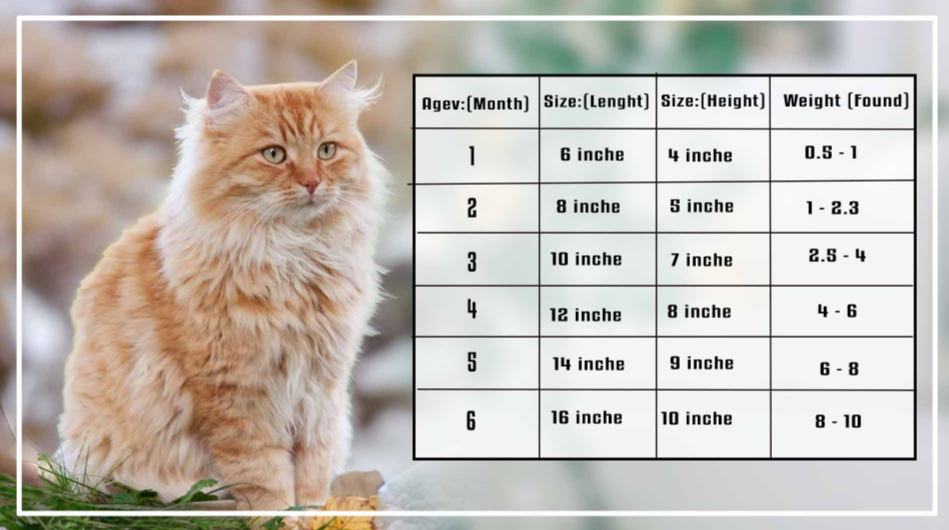
What is a standard Cat Weight chart by age Kg?
Mar 19, 2025

Why Does My Cat Cough After Drinking Water? 8 Potential Reasons
Mar 13, 2023

Why is My Cat Throwing up Water? Top 5 Causes Here
Feb 08, 2023
$109.99
$129.99
Copyright © 2025 WOPET. All Rights Reserved.